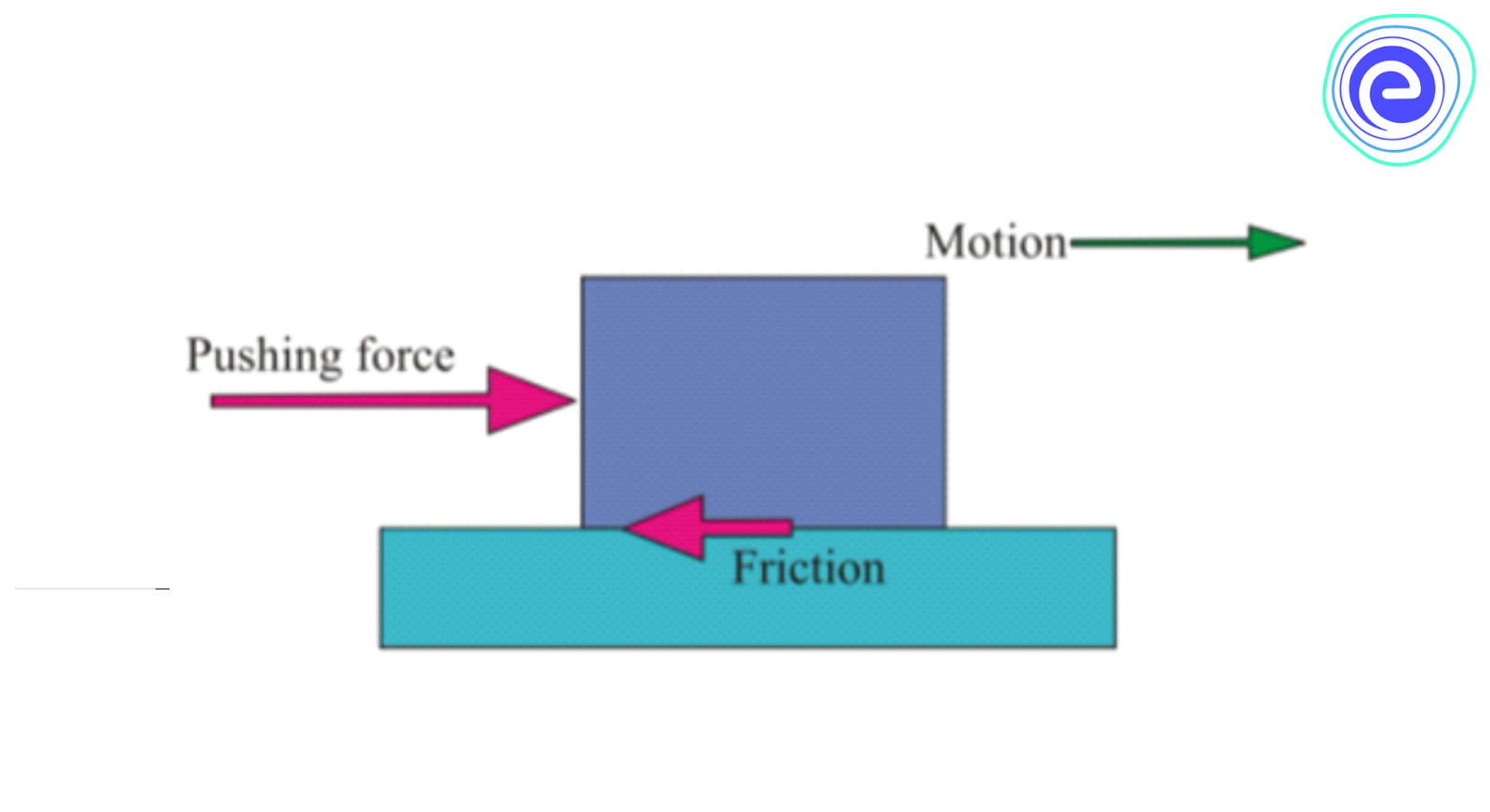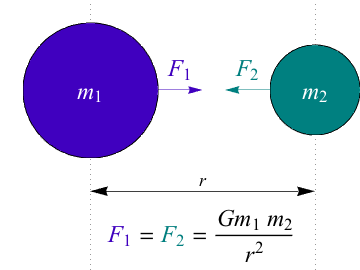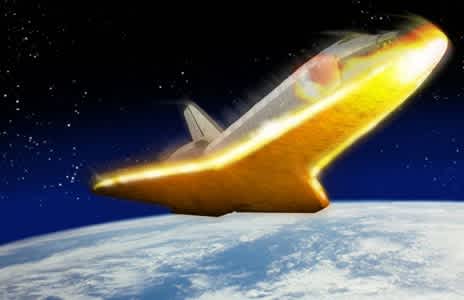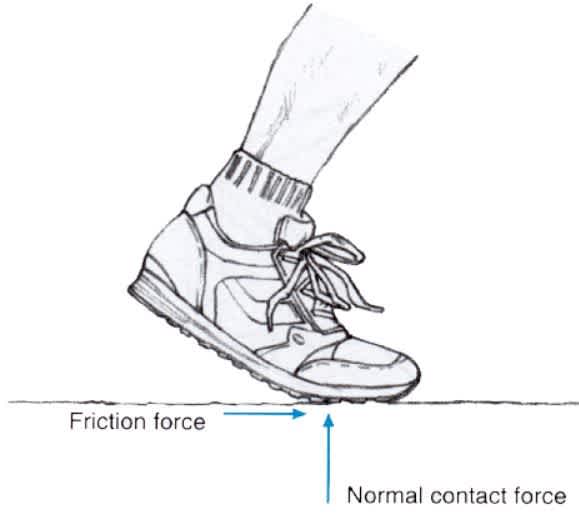Friction is the resistance to the sliding of two materials when pressed against each other. This is caused by small imperfections in the surfaces that come into contact and is proportional to the amount of force keeping the two objects together.
Because there is no force pulling one object down onto another under zero gravity, friction is only affected by the environment. If there is considerable airflow present in the contact area.
So, Yes, there is friction in a vacuum or space, and this article covers everything you need to know about friction in space.
What is Friction?
Friction is the resistance that a body encounters while moving past another body. Friction is desirable in some circumstances. A locomotive's wheels could not hold the rails in the case of zero friction, and belts could not carry power. On the other hand, a minimum of friction is desired in machine moving parts; excessive friction produces heat, which causes expansion, locking of the moving parts, and, as a result, equipment breakdown. Ball and roller bearings, as well as lubrication, are vital in reducing friction.

Picture simplifying What is Friction
What are the factors responsible for Friction?
Friction is influenced by the smoothness of the contacting surfaces; it takes more force to move two rough surfaces past each other than it does to move two smooth surfaces. Smoothness does, however, reduce friction to some extent; in fact, friction between two extraordinarily smooth surfaces increases due to increased attractive electrostatic interactions between their atoms.
The quantity of surface area in contact between moving bodies or (within certain limits) their relative speeds do not affect friction. However, the size of the forces that hold the bodies together is a factor. When a body moves over a horizontal surface, it exerts a force equal to its weight, i.e., the gravitational pull; as the body's weight grows, so does the resistance it provides to the relative motion of the surfaces in contact.

The picture depicts the dependence of friction on the force.
Three elements determine the frictional force between two bodies:
adhesion between body surfaces,
surface roughness, and
body deformation.
Friction on earth:
Every day, we encounter friction. It's difficult to imagine a life without friction. We wouldn't be able to move, stop, make fire, or do other daily actions without it. In this article, we'll look at the most typical uses of friction in our daily lives.
Friction is important in a variety of everyday processes. When two items rub against one another, for example, some of the motion energy is transformed into heat.
The grip that holds the nail in place is created by friction between it and the wall. A nail attached to a wall will fall if there is no friction. Without friction, we wouldn't be able to fix the nail.
When we walk, the friction between the soles of our shoes and the ground assists us in moving ahead. Our legs exert a backward force, which is countered by the force of friction, which drives us forward. The better the walking experience, the more friction there is. That is why running shoes are always equipped with powerful grips and, in some cases, spikes.
![the friction acting between our feet and the ground]()
the friction acting between our feet and the ground
Friction causes bike gears and other mechanical parts to wear out. To reduce friction and wear and tear between moving parts, lubricants, or liquids, are commonly utilized.
Is there friction in empty space:
The vacuum of space is not devoid of molecules. There isn't a perfect vacuum here. When a spacecraft travels through space, it collides with a gas atom. These atoms provide momentum to the spacecraft in the same manner as air molecules convey momentum to moving cars and planes. This results in sluggishness. Due to this, some of the kinetic energy of spaceships, airplanes, cars, trucks, and other vehicles dissipates.

A graph representing the effect of drag on the satellites.
There is no friction in the sense that a solid rubs against another solid. It does, however, lose energy. We can overlook the drag in space because it is so minor in most cases. However, there are times when we simply cannot ignore it.
What forces are in outer space?
Nature has four forces. Two are well-known, while the other two are less so. First, gravity is the force that pulls humans to the Earth's surface, holds the planets in their orbits around the Sun, and causes planets, stars, and galaxies to develop.
Second, electromagnetics is the force that governs how matter creates electricity and responds to magnetism. We use it extensively in practically all of our household equipment.
Then there are the less well-known forces. Both only affect the nuclei of atoms. The Strong Nuclear Force is what holds an atom's nucleus together. The Weak Nuclear Force is responsible for controlling certain types of radioactive decay. For instance, archaeologists use radiocarbon dating to determine the kind of decay.
At varying distances, each of these forces has varying strengths. Gravitational forces, for example, are exceedingly weak at the atomic scale and are frequently overlooked when discussing atomic models of subatomic behavior. At the molecular level, electric forces are dominant. The reason why electron transport and sharing are central to chemistry. The distances between objects in space are great, but the objects themselves are huge. In space, the other three fundamental forces exist, but they are usually insignificant.
As a result, forces are the same everywhere. Being in space does not modify physics principles; however, it removes pseudo-forces such as those caused by air pressure. If you're far enough away from other bodies, the four fundamental forces may become insignificant (but they are always there).
Does any force exist in vacuum or space?
Gravity is an Essential force impacting everything in space, and it exists everywhere in the universe. Other Forces overcome the gravitational force. Because it acts on things that do not touch each other, such as the Sun and a planet, it is also a non-contact force.

Friction is due to the contact between two surfaces.
Yes, it also exists in a vacuum or space. In a vacuum, however, the rate at which items fall is different than in regular air. Because there is no air resistance in a vacuum, the Items fall at the same rate. In a vacuum, gravity does act, forcing all objects to descend at the same rate, regardless of mass.
Conclusion:
Yes, there will be friction when two surfaces in space rub together. Friction is a surface effect that occurs due to the resistance experienced between two Surfaces touching each other. It does not require the presence of air. There will also be a force similar to air resistance from the relatively sparse gas in space, but it will be minimal because space is a near-perfect vacuum.

